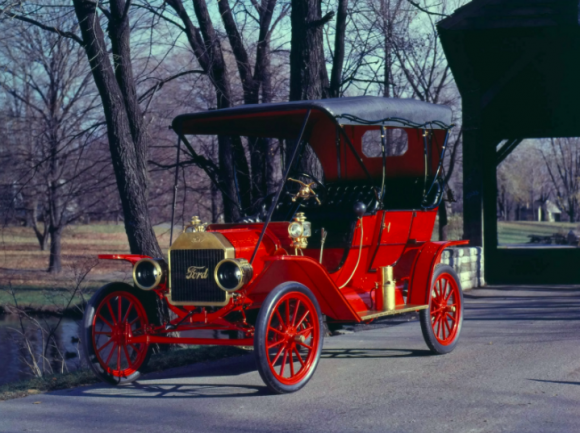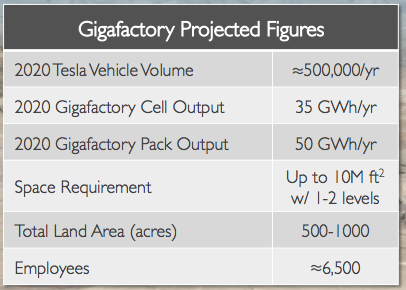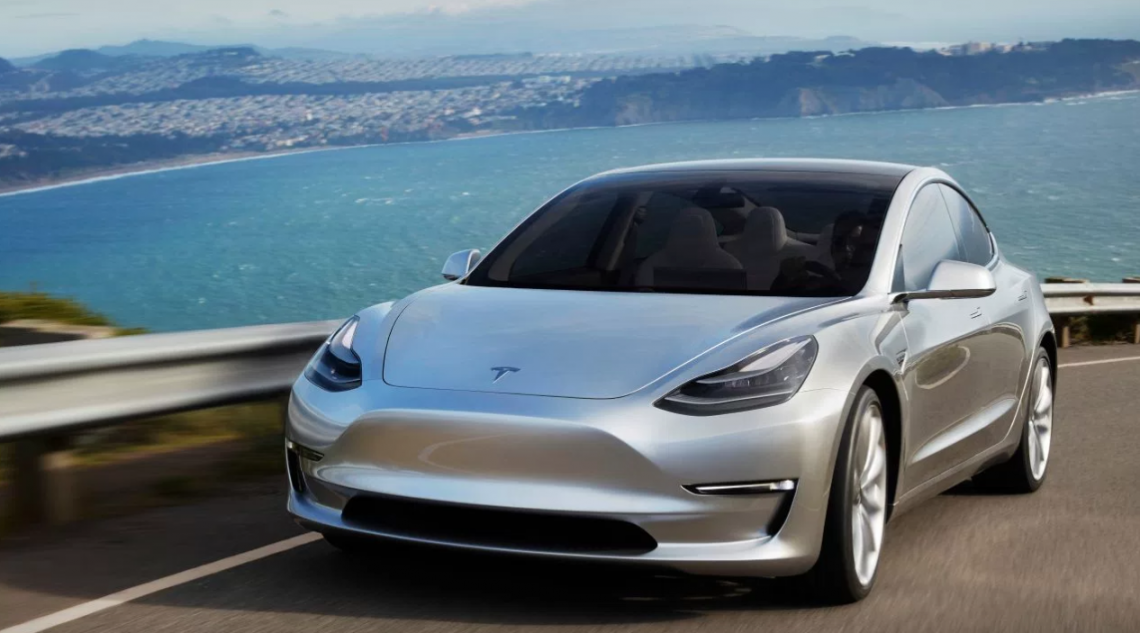 aNewDomain — As the first mass market car, Henry Ford’s 1908 Model T was competition-free for years after its release.
aNewDomain — As the first mass market car, Henry Ford’s 1908 Model T was competition-free for years after its release.
The same was true for Tesla’s Model S. But its new $35,000 Model 3 won’t be so lucky. Like Ford’s Model A, it’ll have competition from all sides. Virtually every auto manufacturer is introducing an electric or hybrid vehicle, from the low-cost Chevrolet Bolt to Volvo’s 2019 models, all of which will be either hybrids or fully electric.
Just today, for instance, Bollinger Motors announced its all-electric sport utility truck. And Munich-based Sono Motors announced its new all-electric and solar-powered car.
Tesla chief Elon Musk has said he intends stay ahead of the pack with radically improved manufacturing and Level 5 autonomy over the next two years. Whether he succeeds is anyone’s guess, but for sure his Model 3 delivery marks inflection points in those areas.
 It also calls to mind Ford’s Model A and Model T releases. I zoomed in for a closer look.
It also calls to mind Ford’s Model A and Model T releases. I zoomed in for a closer look.
The Model T Ford
The first mass-market car was the Model T Ford, which began production in 1908.
Because they were mass produced on an assembly line, which reduced cost and increased production rate significantly, Ford was able to produce them en masse and sell them at a relatively low price.
Ford sold 10,666 Model Ts in 1909. The runabout (roadster) sold for $825 and the four-seat touring car was $850.
As I said, it was a first-mover that faced almost no competition at first. But that wasn’t the case two decades later, in 1927. Ford had refined its Model T design and added sedan and coupe models, but sales were falling and competitors were offering new features.
Enter the Ford Model A.
Exhibit two: The Ford Model A
The Model A began production October 20, 1927, and went on sale December 2. (They called it the “1928” Model A).
The Model A offered more models than the Model T and a choice of colors. The mechanical design improved in many ways over the Model T and the driver controls were similar to those of today. If you know how to drive a stick-shift car today, you would be at home in a Model A, but would have to be taught how to drive a Model T.
 [mks_button size=”large” title=”READ Steve Wozniak: Me and My Tesla” style=”rounded” url=”https://anewdomain.net/steve-wozniaks-report-idaho-falls-tesla/” target=”_self” bg_color=”#1e73be” txt_color=”#FFFFFF” icon=”” icon_type=”” nofollow=”0″]
[mks_button size=”large” title=”READ Steve Wozniak: Me and My Tesla” style=”rounded” url=”https://anewdomain.net/steve-wozniaks-report-idaho-falls-tesla/” target=”_self” bg_color=”#1e73be” txt_color=”#FFFFFF” icon=”” icon_type=”” nofollow=”0″]
The Model A was a mass-produced car in the modern sense of the word.
Ford had plants in the United States, as well as in Argentina, Canada, Denmark, France, Germany, Japan and the United Kingdom.
Ford pioneered the assembly line in a vertically integrated factory. Tesla also hopes to transform the manufacturing process with its Gigafactory.
Tesla Model 3 and The Gigafactory
The size and design of its Gigafactory is unprecedented.
 When complete, Gigafactory 1 will be six million square feet, making it the biggest building in the world by footprint and second only in volume to the Boeing factory in Washington state.
When complete, Gigafactory 1 will be six million square feet, making it the biggest building in the world by footprint and second only in volume to the Boeing factory in Washington state.
It will produce batteries for homes, vehicles and power companies as well as the Model 3 powertrain — the motor and gearbox assembly.
Final assembly of Model 3s will be done in a separate automotive plant, but they expect subsequent Gigafactories to incorporate the entire auto assembly.
Tesla views a factory as a machine for making machines and they have approached its design as one would approach the design of a multilayer chip.
They hope to be able to improve the factory “clock speed” and “density” over time, leading to a 30 percent cost savings compared to other battery factories.
Tesla’s manufacturing strategy was outlined in this presentation at the introduction of Gigafactory 1, below.
Gigafactory 1 output will ramp up as it is built out and, by 2020, they expect its output to exceed 2013 global battery production. They plan to announce three or four more Gigafactories this year, one of which will probably be in China.

Tesla’s intellectual property policy is also pretty innovative.
On June 12, 2014 it released their 249 patents, saying they would not sue anyone for using their technology in “good faith.”
As shown here, it down the plaques on its “wall of patents,” replacing them with an image and the slogan “OEMS, all our patent are belong to you.”
Elon Musk sees other car and battery manufacturers as collaborators in the effort to rapidly achieve conversion to sustainable energy.
Autonomous control
Many auto manufacturers are working toward self-driving cars, but Tesla seems to be leading the pack.
Musk says the Model 3 will come with sensor hardware that will enable them to achieve level 5 automation, as defined by the Society of Automotive Engineers (SAE). According to that definition, it’s “the full-time performance by an automated driving system of all aspects of the dynamic driving task under all roadway and environmental conditions that can be managed by a human driver.” (Follow this link or check this graphic for the definition of SAE’s autonomy levels).
Those sensors will enable an autonomous cross-country drive this year, says Musk, adding that “by November or December of this year, we should be able to go all the way from a parking lot in California to a parking lot in New York, no controls touched at any point during the entire journey.”
But that demonstration drive pales in ambition compared to his prediction that, barring regulatory constraints, they will release a software update that brings the Model 3 up to Level 5 autonomy in “about two years.”
Other manufacturers are less optimistic. Why, they wonder, might Tesla have a lead over the others?
The artificial neural net technology employed in autonomous vehicles depends upon software design, fast hardware, and access to relevant data. Musk has made several investments in artificial neural net companies, including Go champion DeepMind, and he says his aim is not a financial return but keeping abreast of developments in the field.
That would keep him at least even with possible automotive competitors in hardware and software design, and he has a definite data-collection lead. Tesla vehicles have been online and collecting data for several years. From their inception, Teslas were conceived of as “platforms” for downloadable control software as well as data-collection input devices.
Elon Musk outlined the planned roadmap for the Model 3 in the following interview:
For aNewDomain, I’m Larry Press.
Cover: Elektrek.co, All Rights Reserved; Inset images: InspirationSeek.com, All Rights Reserved; En.WheelSage.org, All Rights Reserved.













